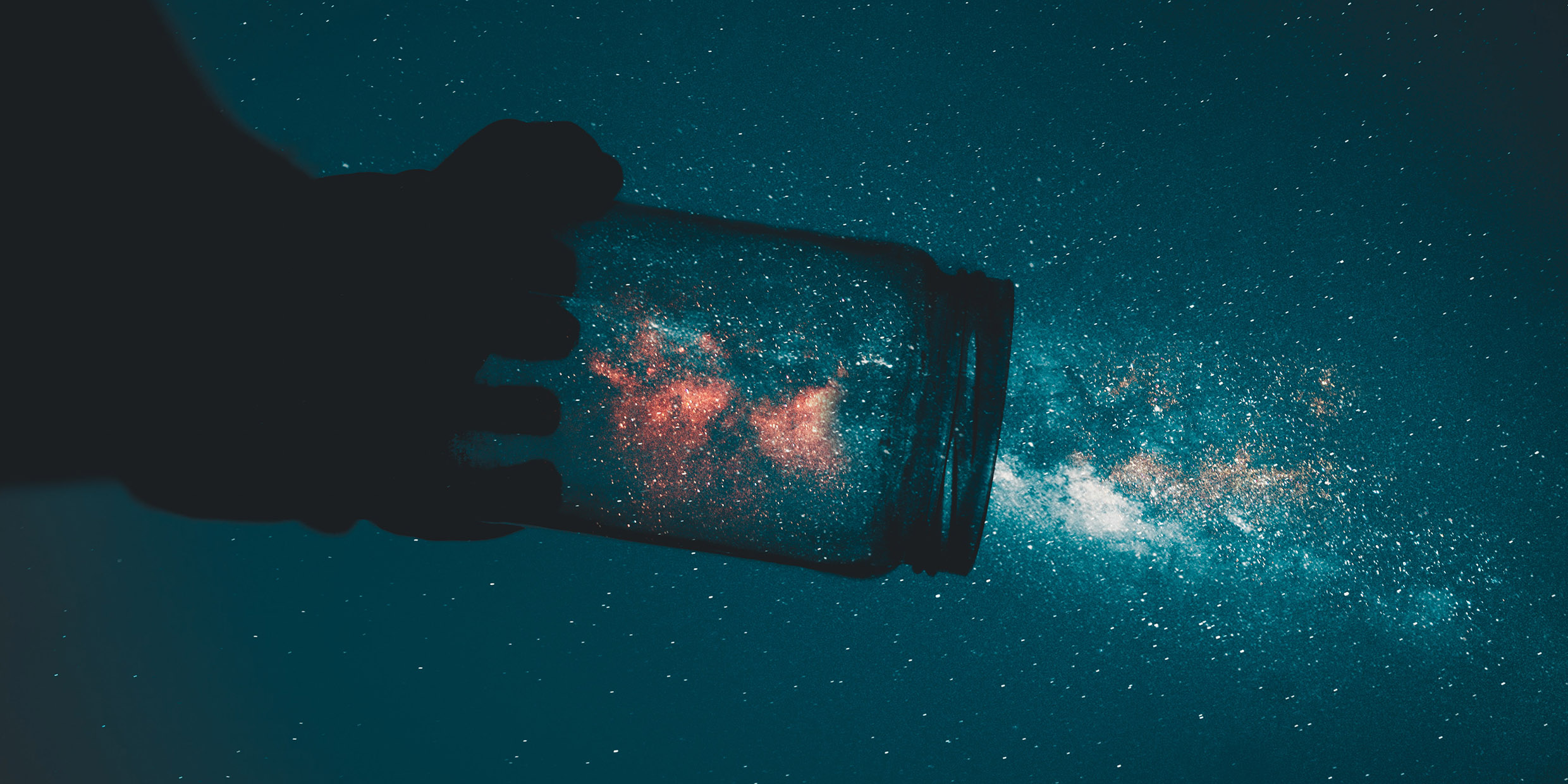Originally published 5 December 1988
The C‑word is back. “Creation,” long taboo, tainted with the odor of mysticism, a pariah concept that dared not speak its name, is back in the vocabulary of science.
I am not talking about so-called “Creation science,” the activity on the part of Christian fundamentalists to prove the literal truth of Biblical creation, which is not science at all. Rather, I am talking about a new willingness on the part of physicists, astronomers, biologists, and neurologists to address the issue of how the world came to be.
Scientists are wresting from philosophers and theologians the biggest questions of all: Why is there something rather than nothing? Are the laws of nature unique or necessary? Is life and mind inevitable? What will be the universe’s ultimate fate?
Look at a few titles of recently popular books by scientists: The Creation, by physical chemist P.W. Atkins; The Great Design: Particles, Fields, and Creation, by physicist Robert K. Adair; The Cosmic Blueprint: New Discoveries in Nature’s Creative Ability To Order the Universe, by physicist Paul Davies; The Creation of Matter: The Universe from Beginning to End, by physicist Harald Fritzsch.
The cosmic blueprint! The universe from beginning to end! What kind of chutzpah is this? For centuries physicists prided themselves on the restraint of their questions, and on their distaste for speculation that was not firmly grounded in observation. Now it seems no question is too big or too speculative for their vaulting confidence.
Justified chutzpah
No, it’s not as bad as all that. First, the humility of physicists has not become entirely enfeebled. And second, the new creationists have justifiable grounds for a certain degree of chutzpah.
Physicists and astronomers have pieced together a remarkably consistent picture of how the world began — a “Big Bang” creation, 15 or 20 billion years ago, that brought matter, space, and time into existence. Robert Adair, says this: “The history of the universe from the first one-thousandth of a second after creation until the present is now a well-documented part of knowledge.” It’s an audacious claim, but true, or at least as true as any scientific knowledge can be said to be true.
Adair is an Associate Director of the Brookhaven National Laboratory on Long Island. At Brookhaven, and other high-energy accelerator labs, physicists accelerate subatomic particles to velocities close to the speed of light, then smash them into each other to see how they behave. Theoretical cosmologists can use this knowledge to reconstruct the first moments of creation — the Big Bang — when the temperature and energy of particles were extremely high.
Calculations based on the observed properties of matter at high energy predict the kind of universe that should have emerged from the Big Bang, and the predictions can be compared with the universe we observe today. How are the galaxies distributed in space? What is the relative abundance of elements in the universe; how much hydrogen, how much helium? What are the mass density of the universe, and what is the universe’s rate of expansion? Is space filled with neutrinos? Can we observe the flash of the Big Bang? So far, observations of astronomers are consistent with the discoveries of the high-energy physicists, so much so that most scientists believe we understand in broad outline how the universe came to be — at least since the first “one-thousandth of a second” and perhaps even earlier.
Emboldened by success, the high-energy physicists now want to build a more powerful accelerator, the multibillion-dollar superconducting supercollider, that will let them explore the behavior of matter at even higher energies, and therefore at an earlier epoch in the universe’s history, closer to time zero. Theoretical physicists are looking for a Grand Unification Theory (GUT), a “theory of everything” that will unite the known forces of nature in one elegant mathematical formulation, as they were presumably united in the first instant of creation.
New instruments
And a new generation of giant telescopes, now under construction, will let astronomers peer deeper into space and further back in time to test the predictions of the physicists.
And what of humility? Have the experimental and theoretical successes of physicists been a prelude to hubris? Quite the contrary, as the reader of the above books will quickly discern. The books are marked by considerable modesty. They reflect a growing respect on the part of physicists for nature’s unity, and an almost mystical reverence for the glory of creation.
Some of the new creationists emphasize the role of chance in the universe; others see the workings of a grand design. Some dismiss traditional religion as irrelevant; others stress the complementarity of science and religion. Some are atheists or agnostics; others are theists. All of them insist that only the observation of nature can teach us how the universe began. All of them admit that our present knowledge of creation is tentative.
And where there are still gaps in our knowledge, all of them are willing to humbly say, “We don’t yet know.”




I am a newcomer to your interesting-looking writing but you shocked me by stating at the outset that a certain group you called evangelicals or creationists or something do not speak science. I was under the impression that that was exactly what they do speak. They have a host of PHD’s if that were anything. You dismissed them airily and very briefly and dogmatically. Does that sound like tolerance to you? Not to me.
Do you know of a place where someone has attempted to destroy their thousands of scientific Bible-based articles?
I am shocked at your cavalier attitude.
Relieve me.
Richard Goodall
Hurry please if you possibly can. I’m dying, like you.